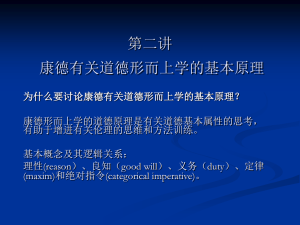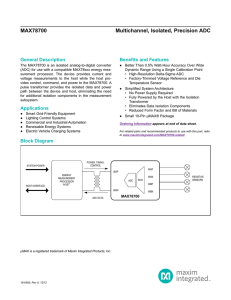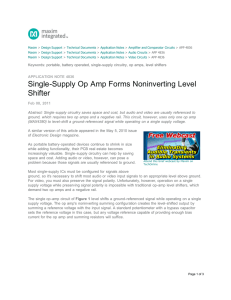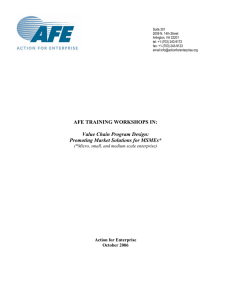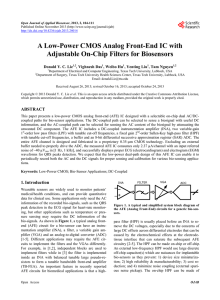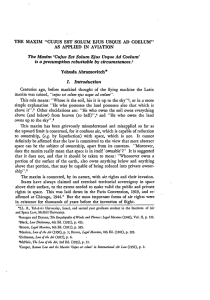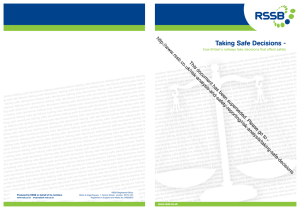Optimize Battery Measurement and Cell-Stack Monitoring
advertisement
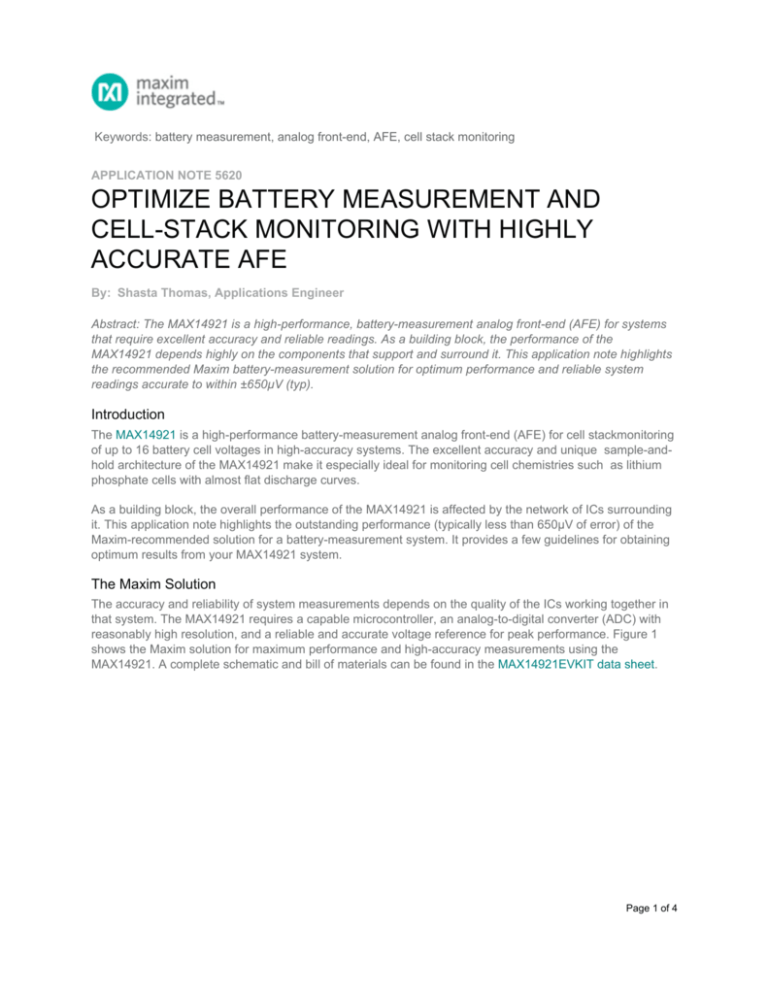
Keywords: battery measurement, analog front-end, AFE, cell stack monitoring APPLICATION NOTE 5620 OPTIMIZE BATTERY MEASUREMENT AND CELL-STACK MONITORING WITH HIGHLY ACCURATE AFE By: Shasta Thomas, Applications Engineer Abstract: The MAX14921 is a high-performance, battery-measurement analog front-end (AFE) for systems that require excellent accuracy and reliable readings. As a building block, the performance of the MAX14921 depends highly on the components that support and surround it. This application note highlights the recommended Maxim battery-measurement solution for optimum performance and reliable system readings accurate to within ±650µV (typ). Introduction The MAX14921 is a high-performance battery-measurement analog front-end (AFE) for cell stackmonitoring of up to 16 battery cell voltages in high-accuracy systems. The excellent accuracy and unique sample-andhold architecture of the MAX14921 make it especially ideal for monitoring cell chemistries such as lithium phosphate cells with almost flat discharge curves. As a building block, the overall performance of the MAX14921 is affected by the network of ICs surrounding it. This application note highlights the outstanding performance (typically less than 650µV of error) of the Maxim-recommended solution for a battery-measurement system. It provides a few guidelines for obtaining optimum results from your MAX14921 system. The Maxim Solution The accuracy and reliability of system measurements depends on the quality of the ICs working together in that system. The MAX14921 requires a capable microcontroller, an analog-to-digital converter (ADC) with reasonably high resolution, and a reliable and accurate voltage reference for peak performance. Figure 1 shows the Maxim solution for maximum performance and high-accuracy measurements using the MAX14921. A complete schematic and bill of materials can be found in the MAX14921EVKIT data sheet. Page 1 of 4 Figure 1. Block diagram of the Maxim solution to optimize the performance of the MAX14921 AFE. From a design perspective, the microcontroller should factor as little as possible into the error of the overall system. While many microcontrollers feature internal ADCs and references, they generally do not have the accuracy or resolution required for reliable submillivolt measurements and should be avoided. Important considerations when selecting a microcontroller are timing and resolution for the SPI interface. The quality of both the external ADC and the voltage reference can make or break the accuracy of the system. The MAX14921 is capable of measurement accuracies well within 500µV of the battery voltage; bench measurements have shown average measurement errors well under 300µV for most cell voltages for the IC alone (see the Typical Operating Characteristics in the MAX14921 data sheet). The ADC’s resolution and the accuracy of the reference should be high enough to allow for an LSB of less than 100µV. Maxim recommends the MAX11163 16-bit ADC and the MAX6126 reference for their high accuracy and stability over temperature. Overall board design and good layout techniques are required for optimum results. These topics, however, are beyond the scope of this application note. Refer to the MAX14921EVKIT data sheet and application note 5495, “PCB Layout Guidelines for the MAX14921 High-Accuracy 12-/16-Cell Measurement AFE” for more details on layout and board design. So, How Good Is It? A quick calculation, using values from the data sheets for the MAX14921, the MAX6126, and the MAX11163, gives a worst-case error of approximately 0.099% for the complete Maxim solution. Typically, however, actual measurement errors are well under the guaranteed maximum errors shown in the data sheets. Figure 2 shows actual MAX14921EVKIT cell measurements over temperature taken at various cell voltages in the lab. Measurements show a maximum error of only 0.009% over temperature; the maximum cell voltage measurement error is 0.017%. Page 2 of 4 Figure 2. The MAX14921 system measurement error over temperature. And the Crowd Says… The MAX14921 offers high accuracy when paired with a capable microcontroller, an ADC with reasonably high resolution, and a solid reference for peak performance. Maxim’s recommended solution for batterymeasurement systems includes the MAX14921, the MAX11163, and the MAX6126. This system features extremely low measurement error and solid performance over the extended -40°C to +85°C temperature range. Related Parts MAX11163 16-Bit, 250ksps, +5V Unipolar Input, SAR ADC, in Tiny 10Pin µMAX Free Samples MAX14920 High-Accuracy 12-/16-Cell Measurement AFEs Free Samples MAX14921 High-Accuracy 12-/16-Cell Measurement AFEs Free Samples MAX6126 Ultra-High-Precision, Ultra-Low-Noise, Series Voltage Reference Free Samples More Information For Technical Support: http://www.maximintegrated.com/en/support For Samples: http://www.maximintegrated.com/en/samples Page 3 of 4 Other Questions and Comments: http://www.maximintegrated.com/en/contact Application Note 5620: http://www.maximintegrated.com/en/an5620 APPLICATION NOTE 5620, AN5620, AN 5620, APP5620, Appnote5620, Appnote 5620 © 2014 Maxim Integrated Products, Inc. The content on this webpage is protected by copyright laws of the United States and of foreign countries. For requests to copy this content, contact us. Additional Legal Notices: http://www.maximintegrated.com/en/legal Page 4 of 4
